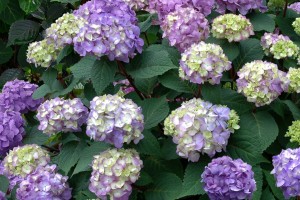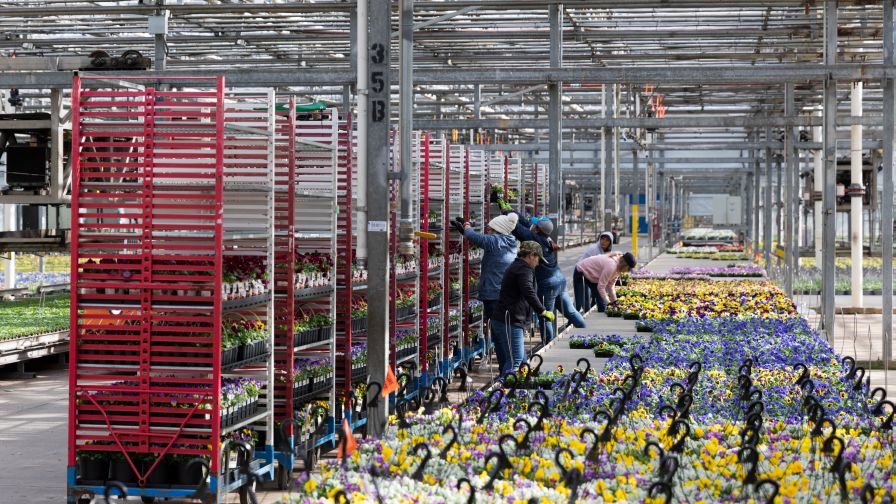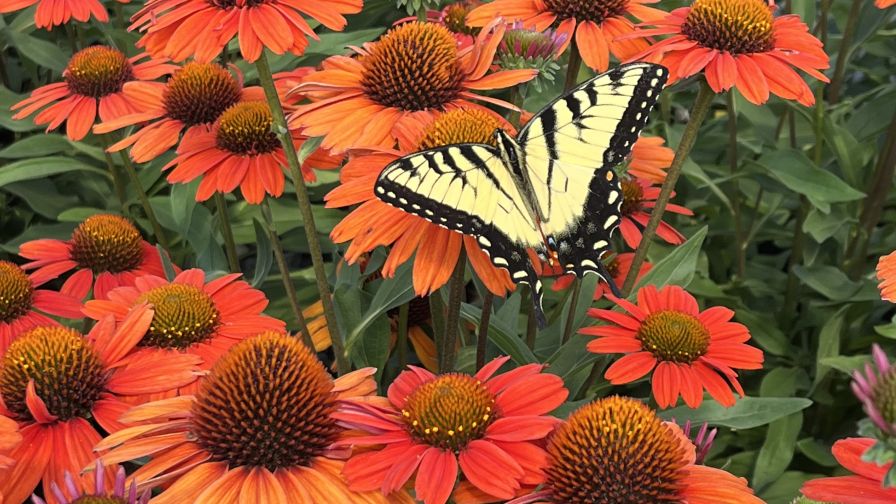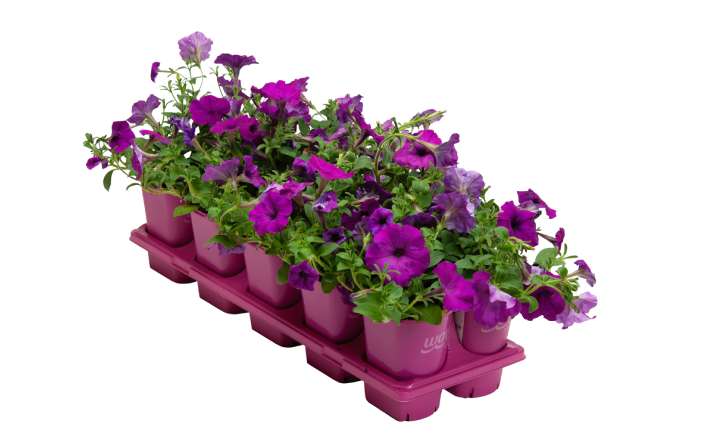Bailey Nurseries Develops Program That Texts Plant Care Tips For Endless Summer Hydrangeas
 Growers who feature Bailey Nurseries’ Endless Summer Collection of hydrangeas among their varieties have a new resource that makes them easier to maintain.
Growers who feature Bailey Nurseries’ Endless Summer Collection of hydrangeas among their varieties have a new resource that makes them easier to maintain.
A new text message program provides regular reminders and tips for growers and consumers. Endless Summer consumers who opt in will receive text messages with tips such as when to begin fertilizing their hydrangeas, best practices for watering, and how to prepare them for the winter months. Reminders will be sent at relevant times and tailored to different regions and their respective weather patterns.
The launch of the texting program coincides with the recent addition of ‘BloomStruck,’ the Endless Summer Collection’s newest variety that produces intense rich-purple or deep-pink blooms consistently throughout the summer months and into autumn.
“Although Endless Summer provides gardeners with the easiest re-blooming hydrangeas to care for, there are still a lot of myths and confusion about what should be done to keep them blooming and healthy,” says Endless Summer Spokesman Ryan McEnaney. “Our new text message program provides timely reminders that will maximize the performance of Endless Summer hydrangeas, while also reiterating how easy it is to care for these plants. The end result is beautifully vivid blooms throughout the summer and fall.
According to Bailey Nurseries, the four biggest keys to healthy hydrangeas are:
• Wilting doesn’t always mean water. On a hot day, it is completely natural for hydrangeas to “flag,” appearing as if the flower is leaning to one side or wilting. Check the soil with your fingers, and water only if the soil is dry. Overwatering can damage or kill the root system, which results in no blooms at all.
• Pruning patience. It’s common practice for many gardeners to prune old flowers or cut back shrubs in the fall, but Endless Summer hydrangeas don’t need it. Instead, wait until spring when new growth is well on its way, then cut back old stems that don’t have any emerging green leaves.
• Fertilizing for fitness. Overfertilizing can burn the root system, so it’s best to fertilize only in the spring. Look for a bloom-booster fertilizer that is high in phosphorus.
• Winter warmth. Use 12 to 18 inches of mulch to protect buds that will bloom next year, especially for new plants that haven’t been in the ground very long. This is especially important in cold climates. Snow actually provides insulation, but if it melts and a cold spell follows, without mulch you may not get flowers until late in the summer. Gardeners in warmer regions should protect their plants in case of sudden dips into freezing temperatures during the fall, or cycles of warming and freezing temperatures that may kill tender flower buds.










